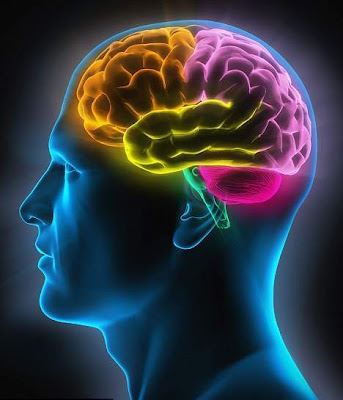501(c) 3
Tax Exempt Public Charity

National Board of Forensic Evaluators
THE HOFFMAN ORGANICITY TEST (HOT)
A Brief Test to Differentiate Organic Brain Syndrome from Non-Organics and Schizophrenia
 The treatments for schizophrenia and/or organic brain disorders may be totally different; therefore, it is important that a method of differentiating between the two be utilized (Chapman, 1976; Klein & Davis, 1969). Historically, it has been difficult to distinguish between the symptoms of organic brain disorder and schizophrenia (Lezak, 1976). Diagnosing without proper treatment is insufficient. Therefore, many individual's inflicted with an organic brain disorder should have a specialized treatment program (Klein and Davis, 1969).
The treatments for schizophrenia and/or organic brain disorders may be totally different; therefore, it is important that a method of differentiating between the two be utilized (Chapman, 1976; Klein & Davis, 1969). Historically, it has been difficult to distinguish between the symptoms of organic brain disorder and schizophrenia (Lezak, 1976). Diagnosing without proper treatment is insufficient. Therefore, many individual's inflicted with an organic brain disorder should have a specialized treatment program (Klein and Davis, 1969).
A vast number of patients displaying the symptomatic behavior of what would normally be diagnosed as schizophrenia are in reality exhibiting manifestations of an illness whose roots are organic in nature (Hoffman, 1974). It is often difficult to determine whether the individual truly is psychotic or suffering from some organicity with psychotic overlays (Lezak, 1976). There is much concern regarding the mislabeling of patients and treating them with inappropriate treatment methods (Menninger, 1965). The psychotic behavior may be the result of an expressive dysfunction; these disturbances are known as apraxias. The apraxias typically involve impairment of voluntary action despite adequate motor innervation of capable muscles (Lezak, 1976). According to Lezak (1976) "Identifying those psychotic conditions that have an organic component is often more difficult than distinguishing neurotic conditions or character disorders from symptoms of brain damage because some functional psychoses are as likely to disrupt attention, concentration, and mental tracking as are some organic conditions" (p. 168).
The Hoffman Test For Organicity (HTO) (Hoffman, 1975) has continued to be refined and re-developed. Continued testing of clinical patients resulted in the establishment of the original HTO. It was believed, "A dysfunction in any of the bodily rhythmic activities (i.e., breathing, walking, talking, etc.) may lead to disability in one's daily life style. "Rhythm is an integral part of the entire life process. It exists in every human being since they breathe in rhythm and walk in rhythm. Their entire circulatory system functions rhythmically" (Hoffman, 1974, p. 26). Furthermore, such rhythmic disorders frequently result from organic brain impairment (Hoffman, 1974). Although Freud explicitly called attention to the importance of rhythmicity nearly 60 years ago, it remained one of the most neglected aspects of infant activity in psychoanalytic research (Hoffman, 1974).
The purpose of the Hoffman Organicity Test (HOT) is as follows:
1. To determine whether or not such brain damage does exist in the patient previously diagnosed as psychotic.
2. To provide psychiatrists, psychologists, etc., with an easily administered and valid test assessment to differentiate between organics and non-organics.
3. To provide a valid diagnostic procedure so that proper treatment can be facilitated for those found to be suffering from cerebral damage.
You must provide "C" level eligibility to purchase this test. Upon providing your eligibility and payment, you will receive the HOT online. All materials will be sent to you via your email address.
Buros Center for Testing has conducted a peer review on the Hoffman
Organicity Test in the publication in the Mental Measurements Yearbook to
be included in Test in Print X (TIP X), to be published in early 2022.